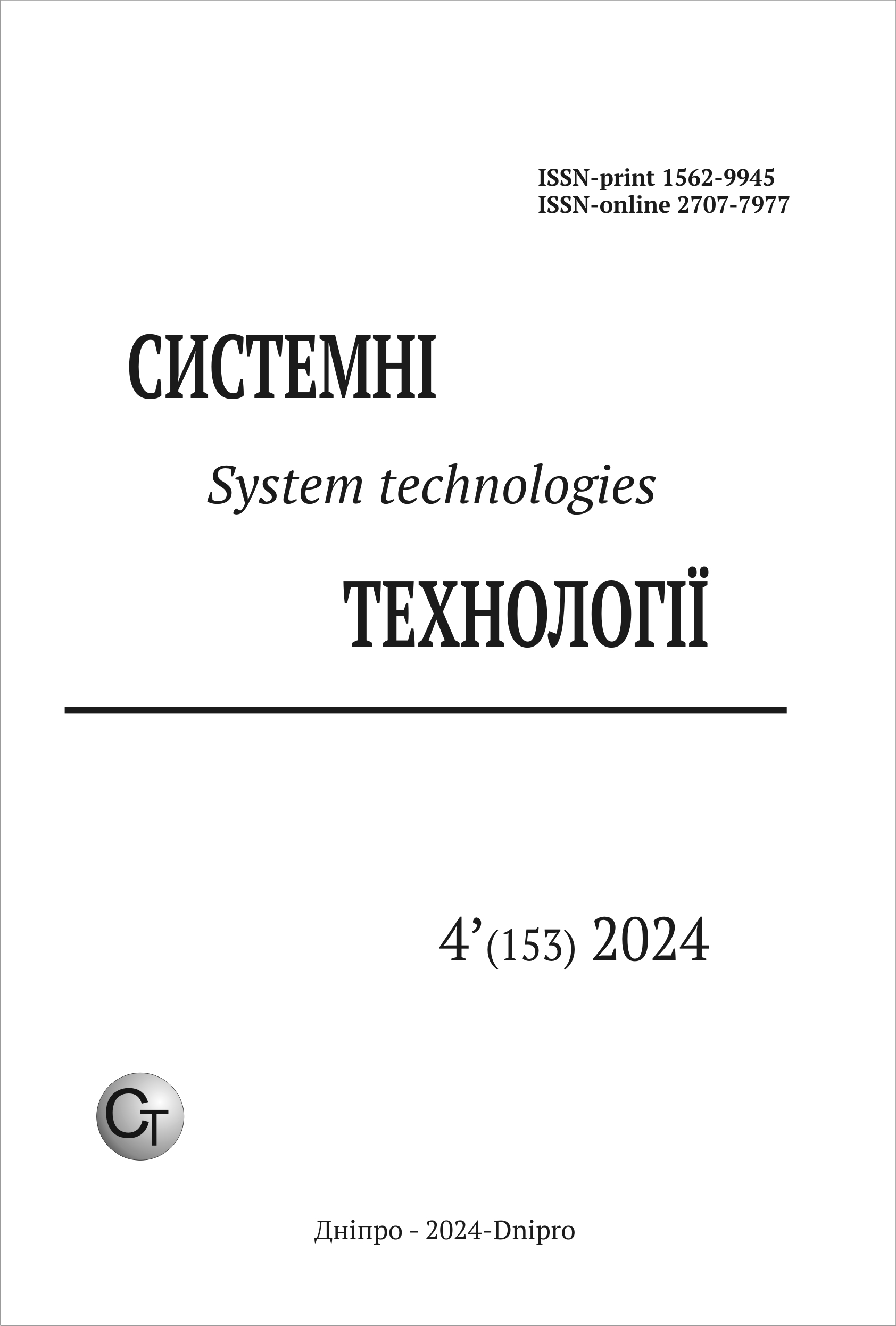ЧИСЕЛЬНЕ МОДЕЛЮВАННЯ ПРОЦЕСУ ВПЛИВУ ПРОДУКТІВ ДЕТОНАЦІЇ НА НАДЗВУКОВИЙ ПОТІК ПОВІТРЯ
DOI:
https://doi.org/10.34185/1562-9945-4-153-2024-04Ключові слова:
детонація, шнуровий двигун, надзвуковий потік, ударна хвиля.Анотація
Актуальність роботи обумовлена необхідністю підвищення швидкодії і величини керуючого імпульсу ракетних двигунів, для здійснення маневрів в атмосфері. Одним з напрямків, який розглядається в роботі, є застосування детонаційного шнурового двигуна. Оскільки при його роботі генерується ударна хвиля високої інтенсивності, то газодинамічні ефекти при її розповсюдженні також можна використати для корекції траєкторії польоту ракети. Найбільший вплив такої системи керування вектором тяги буде реалізовуватися при обтіканні поверхні ракети надзвуковим набігаючим потоком повітря. Мета роботи – оцінка параметрів взаємодії продуктів детонації з надзвуковим потоком повітря. Для досягнення мети застосовується чисельне моделювання. Визначено діапазон тиску та тривалість процесу, що дозволяє провести вибір обладнання та планування експерименту. Отримано картини розподілу швидкості та тиску в моделі з плином часу. Результати моделювання будуть викори-стовуватися для проведення експериментальних досліджень.
Посилання
Rocket as an object of control / I. M. Igdalov, L. D. Kuchma, N. V. Polyakov, Yu. D. Sheptun / ed. S. N. Konyukhova. – Dnepropetrovsk : Art - Press, 2004. – 544 с.
Design of anti-aircraft guided missiles / Ed. I.S. Golubeva and V.G. Svetlova - Ed. MAI - 1999. - 728 p.
Dynamic design of missiles. Problems of dynamics of rockets and their space stages / I. M. Igdalov, L. D. Kuchma, N. V. Polyakov, Yu. D. Sheptun. – Dnepropetrovsk: DNU, 2010. – 264 p.
Flamm, J. D., Deere, K. A., Mason, M. L., Berrier, B. L., and Johnson, S. K., Experi-mental Study of an Axisymmetric Dual Throat Fluidic Thrust Vectoring Nozzle for Supersonic Aircraft Application / 43rd AIAA/ASME/SAE/ASEE Joint Propulsion Con-ference & Exhibit, 08 July 2007 - 11 July 2007, Cincinnati, OH.
Eilers, S.D., Wilson, M.D., Whitmore, S.A., Peterson, Z.W. Side-force amplification on an aerodynamically thrust-vectored aerospike nozzle / J. Propuls. Power. –Vol. 28. – 2012. P. 811–819.
Katzmann J.S., Propst M., Tajmar M., Bach Ch. Investigation of Aerodynamic Thrust-Vector Control for Aero-Spike Nozzles in Cold Gas Experiments / Confer-ence: Space Propulsion. – 2021. – P. 1 – 12.
Kovalenko N.D. The rocket engine as the executive body of the rocket flight control system / N.D. Kovalenko. - Dnipropetrovsk. : ITM NAS and SSA of Ukraine. - 2003. - 412 p.
High-speed anti-missile 5Y26 for the S-225 system / Sketch project. Volume 1. Book 6. On-board control equipment of the 5Я26 rocket. Part I. Autopilot 5A13. - CB "Strela". - 1971. - 411 p.
Завантаження
Опубліковано
Номер
Розділ
Ліцензія
Авторське право (c) 2024 Системні технології

Ця робота ліцензується відповідно до ліцензії Creative Commons Attribution 4.0 International License.















